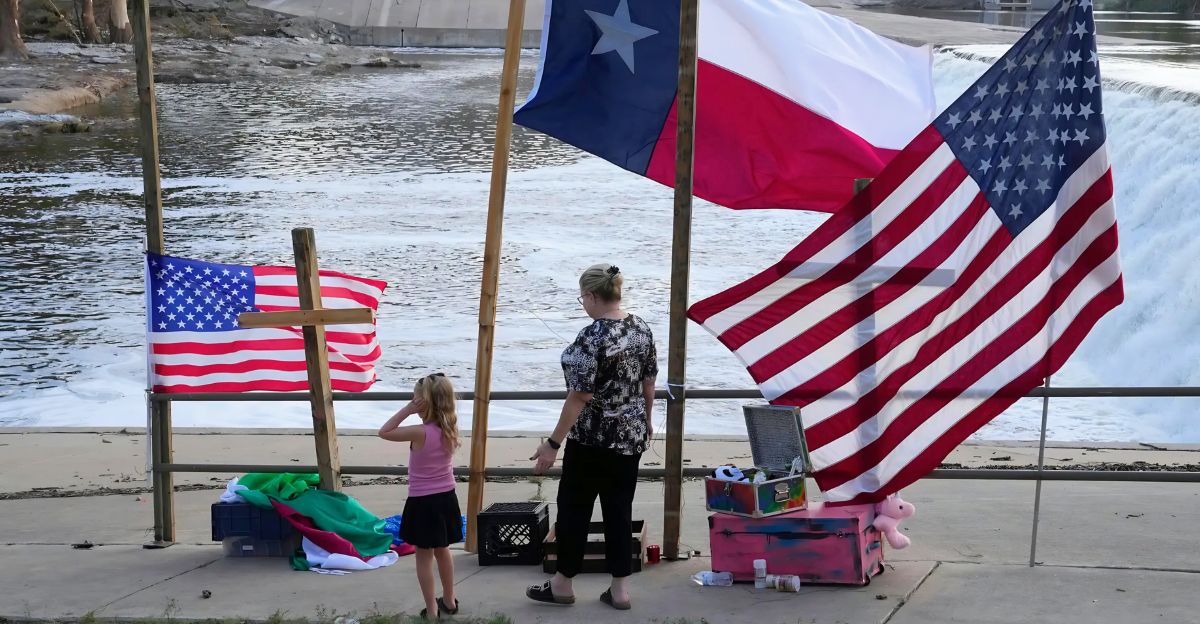
In the catastrophic wake of the July 2025 Texas floods, thousands of survivors’ desperate calls for emergency aid slipped into an eerie void, a silence from the very agency meant to save them: FEMA. This was not a mere technical failure but the ripple effect of administrative choices that rendered survivors unheard. The Federal Emergency Management Agency, typically the frontline in disaster recovery, failed to answer nearly two-thirds of its flood-related hotline calls.
The root was a newly imposed policy by Homeland Security Secretary Kristi Noem requiring her approval of significant contracts, which stalled the renewal of call center agreements amid the crisis. Consequently, hundreds of crucial call center workers were abruptly laid off, severing direct lines of support as survivors needed it most. This communication breakdown exposed systemic fragilities and the human toll when bureaucracy overrides urgency during a catastrophe.
The Texas Flood Crisis: Floodwaters Tested, Emergency Lines Failed
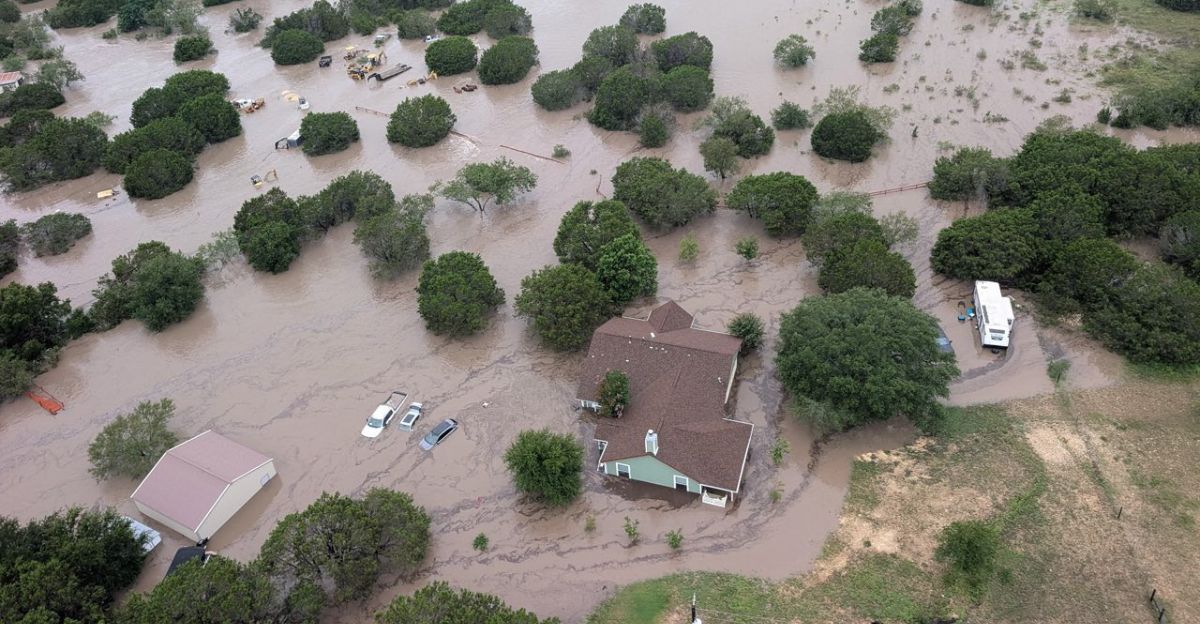
Floods battered Central Texas with unrelenting force, claiming over 120 lives and leaving communities devastated. Texas depends heavily on FEMA’s disaster hotline for survivors to apply for critical aid, food, shelter, and financial relief. When nearly two-thirds of such calls went unanswered, the crack in federal emergency response widened beyond geography. A state famed for resilience found itself crippled by silence from a crucial lifeline.
With thousands calling to navigate complex aid processes, the inability to respond swiftly threatened prolonged hardship. This failure resonated nationally, emphasizing that even resource-rich, disaster-savvy states are vulnerable to bureaucratic lapses that amplify suffering. The episode reminded the nation that an adequate communication infrastructure underpins rapid recovery in any natural disaster scenario.
FEMA’s Past Reliability Versus the Texas Breakdown

FEMA once stood as the beacon of swift federal relief, mobilizing rapidly to hurricanes and natural disasters, where survivors’ calls were met with immediate support or, at the very least, clear guidance. Its history is marked by moments of institutional resilience where communication channels functioned as lifelines. But the Texas flood response disrupted that comforting narrative.
Calls that once summoned aid now faced a void. This jarring contrast between FEMA’s proud legacy and its silence in Texas deepened public mistrust of FEMA’s current capacity and government disaster readiness in an era demanding agility. The erosion of this trust highlights how vital institutional reliability is to community recovery, especially when tangible losses multiply.
The Bureaucratic Bottleneck Behind the Missed Calls
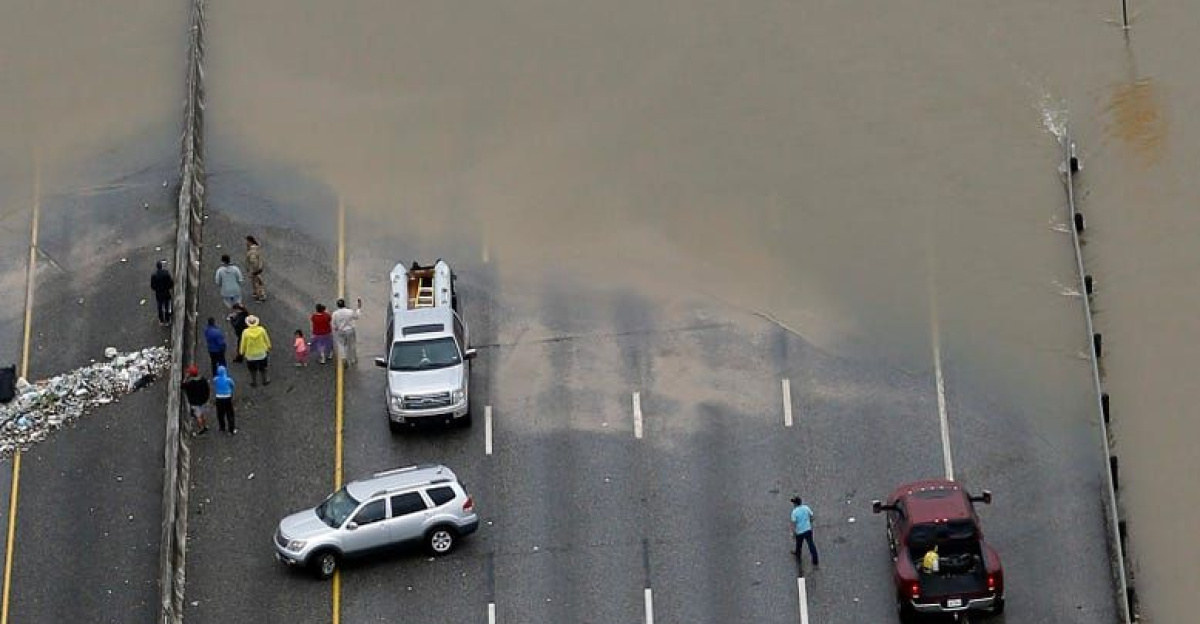
The heart of FEMA’s communication collapse lies in Secretary Kristi Noem’s policy that froze contract renewals for expenditures over $100,000 until personally approved. As floodwaters rose, contracts with four major call center companies expired on July 5 without timely renewal. Within hours, hundreds of workers on FEMA’s human frontline were laid off, silencing the agency’s emergency hotline during its peak usage.
This delay persisted for five full days, exacerbating survivor isolation. The crisis embodied how a single top-down bureaucratic hurdle can strangle essential emergency services just when speed is life-saving. It reveals how political decisions and fiscal controls, though often framed as accountability measures, may dangerously conflict with disaster exigencies.
Damning Numbers Expose the Human Cost
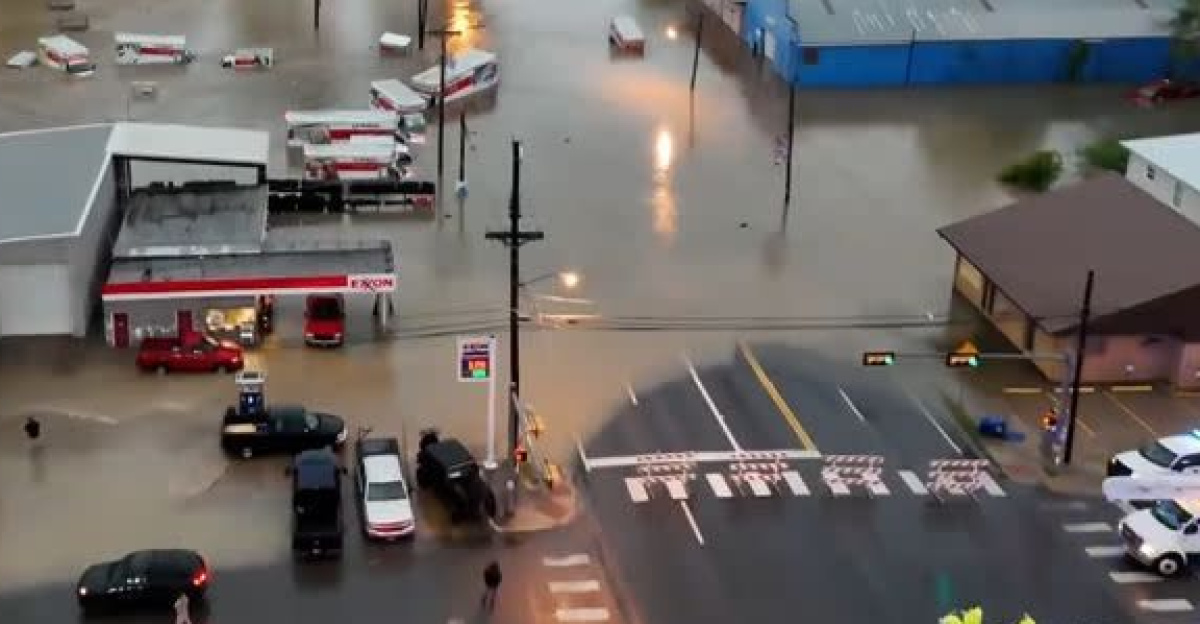
Publicly released documents reveal a harrowing decline in FEMA’s responsiveness: On July 5, before contract lapses, FEMA answered 3,018 of 3,027 calls, a near-perfect rate. The next day, after layoffs, only 846 of 2,363 calls were responded to (about 36%). By July 7, the agency managed a shocking 15.9% response rate amid over 16,000 calls.
These neglected pleas weren’t merely numbers; they represent citizens stripped of essential information and aid during their darkest hours. The data, first disclosed by The New York Times, confirms that administrative gridlock created an avoidable communication blackout. In effect, while floodwaters began receding, barriers to help surged, compounding trauma and delaying recovery processes for thousands.
Texans Turned to Social Media as FEMA Went Silent
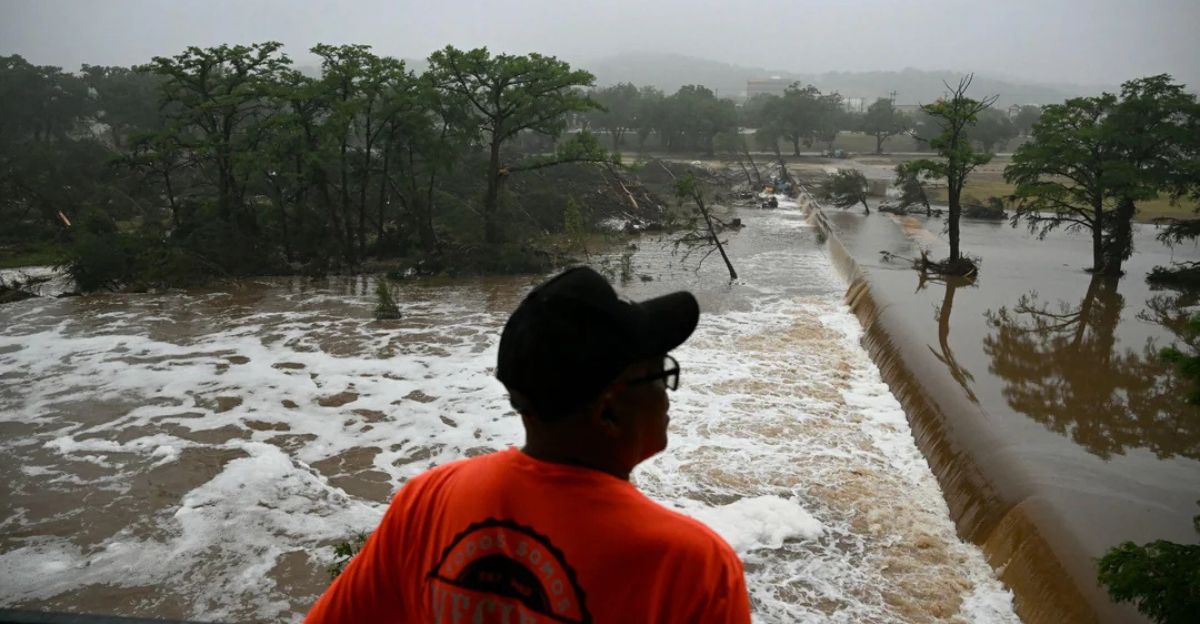
Facing unanswered FEMA lines, flood survivors turned to unconventional lifelines: online communities on Reddit, YouTube tutorials, and TikTok videos emerged as virtual aid hubs. Here, victims exchanged guidance on navigating aid, insurance claims, and recovery steps, filling the void left by official silence. These grassroots platforms offered practical support and emotional connection, fostering community resilience amid frustration.
However, this shift underscored troubling digital divides and the precariousness of informal disaster support networks. When federal systems fail, survivors improvise, but reliance on social media raises equity concerns about who can access timely help. In turning to these channels, Texans revealed a new, hybrid reality of disaster communication that blurs official and informal support lines.
The Forgotten Frontline Call Center Workers’ Plight

Behind closed doors, the contractors answering FEMA’s flood calls became collateral damage. Laid off amid the crisis, many struggled with sudden unemployment while watching the disaster deepen. These workers, often remote or local contractors, were FEMA’s emotional interpreter to survivors, providing empathy and vital aid information. Their abrupt dismissal cut communication lines and silenced the human element essential in disaster recovery.
The incident spotlights systemic risks when emergency response relies on temporary contracts subject to political decisions. It raises provocative questions about labor ethics and preparedness: can disaster response be secure when its most empathetic voices depend on fleeting contracts vulnerable to bureaucratic whims?.
Politics, Rivalries, and the Struggle for Control
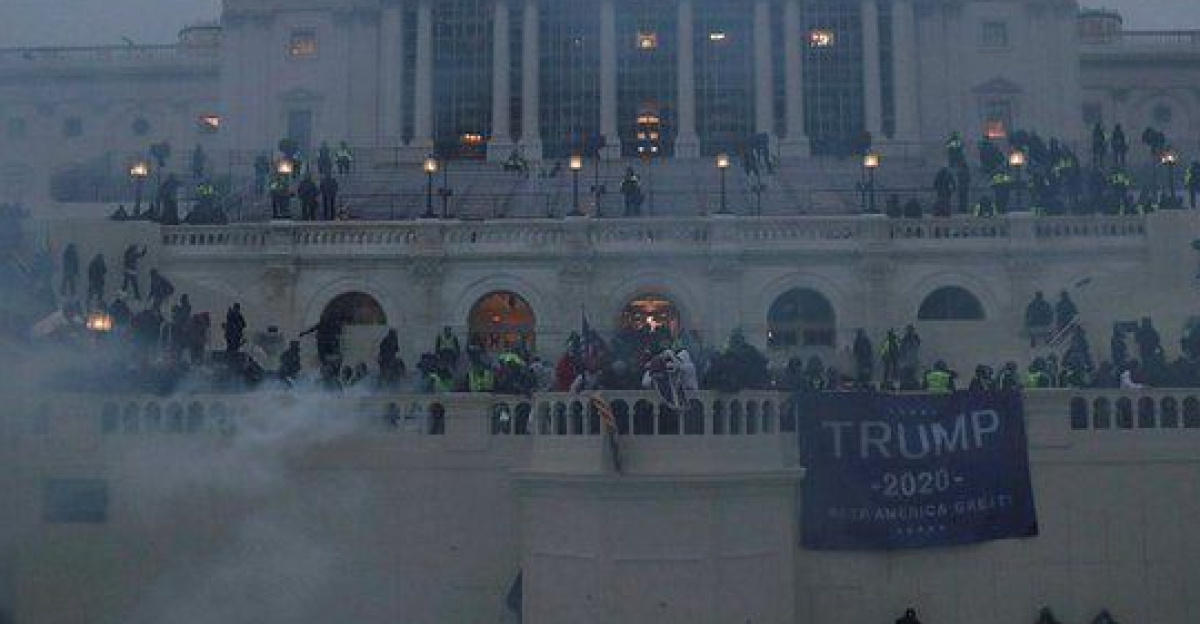
This communication failure unfolded amid political storms. President Trump’s vocal criticism and proposed dismantling of FEMA framed agency operations as ineffective, while Secretary Noem pushed stringent cost controls linked to her oversight. As these tensions mounted, other actors, local governments, nonprofits, and the Coast Guard stepped in to fill emergent gaps. This multi-actor scramble showcased the fragile patchwork nature of disaster management in a politicized environment.
The struggle over FEMA’s role epitomizes how ideological battles and agency rivalries can delay a coherent, unified response, ultimately at the survivors’ expense. The Texas floods thus reveal how politicization deepens fault lines in emergency governance, complicating critical relief efforts when unity matters most.
A New Era of Disaster Communication Emerges

With FEMA lines faltering, Texans’ turn to digital forums signals a shift in disaster communication paradigms. Hybrid models now combine formal call centers with virtual, crowd-sourced networks where videos, social media, and peer advice circulate rapidly. This evolution empowers some, but also risks marginalizing those with limited internet or digital literacy.
The floods have accelerated a transformational trend: disaster aid is no longer solely a top-down institutional process but a decentralized, socially mediated ecosystem. This change challenges FEMA and others to rethink how to integrate digital tools with traditional support while ensuring equitable access to all survivors, especially the most vulnerable.
Lessons and The Road Ahead for FEMA
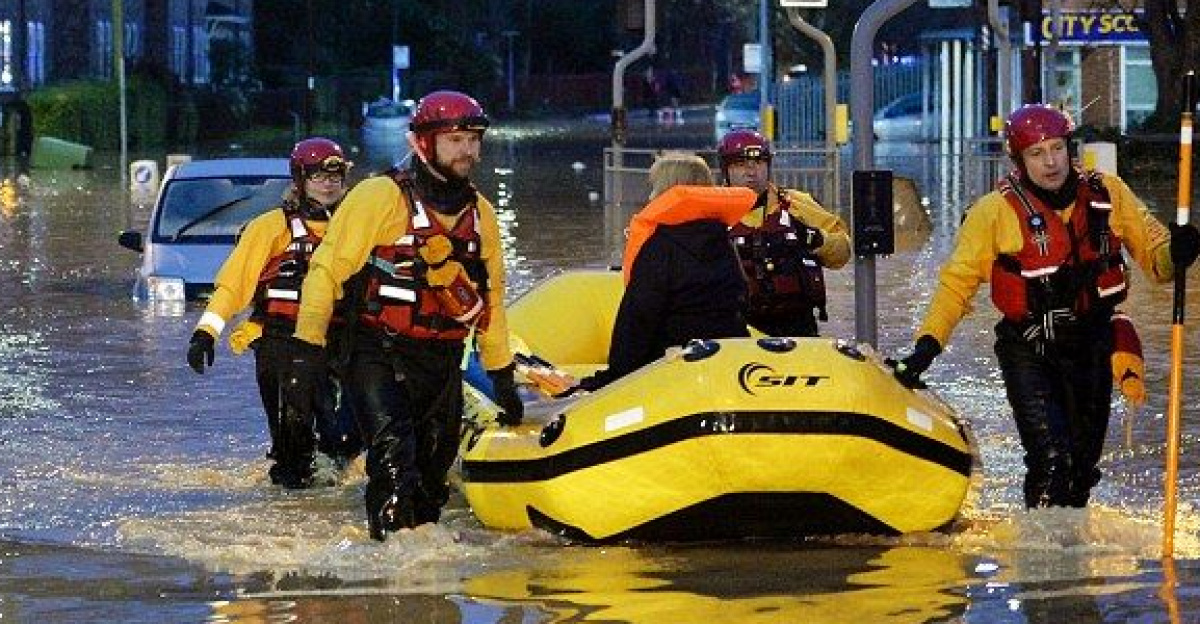
The 2025 Texas floods and FEMA’s missed calls are a cautionary tale about relying on fragile bureaucratic processes under duress. To restore public trust and operational integrity, reforms must include transparent contract management, decentralized communication strategies, and surge capacity plans that prevent deadly delays. Congressional calls for investigations underscore the political imperative to learn from this failure.
FEMA faces a critical question: Will it evolve to meet the complexities of modern disasters, balancing political oversight with urgent responsiveness, or risk repeated breakdowns? The suspended calls remind us that behind every bureaucratic decision is a human life waiting on the line and a nation watching how it answers.